#innovated
Explore tagged Tumblr posts
Text

Once upon a time, in a quaint little town, there lived two individuals named Alex and Maya. Alex was a brilliant physicist, passionate about unraveling the mysteries of the universe. Maya, on the other hand, was an artist with an insatiable curiosity for the world around her.
Despite their seemingly different paths, Alex and Maya shared a deep bond and a love that transcended conventional boundaries. They spent countless evenings stargazing together, pondering the wonders of the cosmos. It was during one of these starlit nights that Alex began explaining the mind-boggling concept of quantum physics to Maya.
Alex described how, on an unimaginably tiny scale, particles like electrons and photons behaved in strange and unpredictable ways. Quantum physics revealed that these particles could exist in multiple states simultaneously, a phenomenon known as superposition. Maya listened attentively, her eyes shining with a mix of awe and wonder.
As their love grew, so did Maya's fascination with quantum physics. She began incorporating these mind-bending concepts into her artwork. Using her paintbrush, she brought the quantum world to life on canvas, capturing the essence of uncertainty and duality.
One day, while Alex was conducting experiments in the lab, Maya surprised him with a painting inspired by quantum entanglement. The artwork depicted two entangled particles, forever connected regardless of distance. It symbolized their own entangled hearts, deeply intertwined no matter where their individual journeys took them.
Their love story became an embodiment of quantum entanglement—unbreakable and resilient, even when faced with the uncertainties of life. Together, they explored the mysteries of the universe, bridging the gap between art and science.
As time went on, their shared passion for quantum physics led to groundbreaking discoveries. They collaborated on research projects, pushing the boundaries of human knowledge. Their work revolutionized the field, opening doors to new technologies and possibilities.
Their love story, infused with the beauty of quantum physics, became a legend. Their names echoed through the annals of scientific history, reminding the world that love and science could coexist harmoniously.
And so, Alex and Maya continued their journey through life, their love growing stronger with each passing day. They proved that love, like quantum physics, could transcend boundaries, create new connections, and unlock the mysteries of the universe.
In the end, their story became a testament to the power of love and the wonders that await those who dare to explore the realms of both the heart and the quantum world.
2 notes
·
View notes
Text
ABACUSYNTH by ELIAS JARZOMBEK [2022]
Abacusynth is a synthesizer inspired by an abacus, the ancient counting tool used all around the world. Just like an abacus is used to learn the fundamentals of math, the Abacusynth can be used to explore the building blocks of audio synthesis.
#elias jarzombek#abacusynth#technology#instruments#synthesizer#innovation#abacus#contemporary art#music#video#u
11K notes
·
View notes
Photo




Art by Syd Mead. If I understand the source correctly, this one’s called "Innovations," and is a surrealist city aerial view done for U.S. Steel in 1968.
4K notes
·
View notes
Text
How lock-in hurts design

Berliners: Otherland has added a second date (Jan 28) for my book-talk after the first one sold out - book now!

If you've ever read about design, you've probably encountered the idea of "paving the desire path." A "desire path" is an erosion path created by people departing from the official walkway and taking their own route. The story goes that smart campus planners don't fight the desire paths laid down by students; they pave them, formalizing the route that their constituents have voted for with their feet.
Desire paths aren't always great (Wikipedia notes that "desire paths sometimes cut through sensitive habitats and exclusion zones, threatening wildlife and park security"), but in the context of design, a desire path is a way that users communicate with designers, creating a feedback loop between those two groups. The designers make a product, the users use it in ways that surprise the designer, and the designer integrates all that into a new revision of the product.
This method is widely heralded as a means of "co-innovating" between users and companies. Designers who practice the method are lauded for their humility, their willingness to learn from their users. Tech history is strewn with examples of successful paved desire-paths.
Take John Deere. While today the company is notorious for its war on its customers (via its opposition to right to repair), Deere was once a leader in co-innovation, dispatching roving field engineers to visit farms and learn how farmers had modified their tractors. The best of these modifications would then be worked into the next round of tractor designs, in a virtuous cycle:
https://securityledger.com/2019/03/opinion-my-grandfathers-john-deere-would-support-our-right-to-repair/
But this pattern is even more pronounced in the digital world, because it's much easier to update a digital service than it is to update all the tractors in the field, especially if that service is cloud-based, meaning you can modify the back-end everyone is instantly updated. The most celebrated example of this co-creation is Twitter, whose users created a host of its core features.
Retweets, for example, were a user creation. Users who saw something they liked on the service would type "RT" and paste the text and the link into a new tweet composition window. Same for quote-tweets: users copied the URL for a tweet and pasted it in below their own commentary. Twitter designers observed this user innovation and formalized it, turning it into part of Twitter's core feature-set.
Companies are obsessed with discovering digital desire paths. They pay fortunes for analytics software to produce maps of how their users interact with their services, run focus groups, even embed sneaky screen-recording software into their web-pages:
https://www.wired.com/story/the-dark-side-of-replay-sessions-that-record-your-every-move-online/
This relentless surveillance of users is pursued in the name of making things better for them: let us spy on you and we'll figure out where your pain-points and friction are coming from, and remove those. We all win!
But this impulse is a world apart from the humility and respect implied by co-innovation. The constant, nonconsensual observation of users has more to do with controlling users than learning from them.
That is, after all, the ethos of modern technology: the more control a company can exert over its users ,the more value it can transfer from those users to its shareholders. That's the key to enshittification, the ubiquitous platform decay that has degraded virtually all the technology we use, making it worse every day:
https://pluralistic.net/2023/02/19/twiddler/
When you are seeking to control users, the desire paths they create are all too frequently a means to wrestling control back from you. Take advertising: every time a service makes its ads more obnoxious and invasive, it creates an incentive for its users to search for "how do I install an ad-blocker":
https://www.eff.org/deeplinks/2019/07/adblocking-how-about-nah
More than half of all web-users have installed ad-blockers. It's the largest consumer boycott in human history:
https://doc.searls.com/2023/11/11/how-is-the-worlds-biggest-boycott-doing/
But zero app users have installed ad-blockers, because reverse-engineering an app requires that you bypass its encryption, triggering liability under Section 1201 of the Digital Millennium Copyright Act. This law provides for a $500,000 fine and a 5-year prison sentence for "circumvention" of access controls:
https://pluralistic.net/2024/01/12/youre-holding-it-wrong/#if-dishwashers-were-iphones
Beyond that, modifying an app creates liability under copyright, trademark, patent, trade secrets, noncompete, nondisclosure and so on. It's what Jay Freeman calls "felony contempt of business model":
https://locusmag.com/2020/09/cory-doctorow-ip/
This is why services are so horny to drive you to install their app rather using their websites: they are trying to get you to do something that, given your druthers, you would prefer not to do. They want to force you to exit through the gift shop, you want to carve a desire path straight to the parking lot. Apps let them mobilize the law to literally criminalize those desire paths.
An app is just a web-page wrapped in enough IP to make it a felony to block ads in it (or do anything else that wrestles value back from a company). Apps are web-pages where everything not forbidden is mandatory.
Seen in this light, an app is a way to wage war on desire paths, to abandon the cooperative model for co-innovation in favor of the adversarial model of user control and extraction.
Corporate apologists like to claim that the proliferation of apps proves that users like them. Neoliberal economists love the idea that business as usual represents a "revealed preference." This is an intellectually unserious tautology: "you do this, so you must like it":
https://boingboing.net/2024/01/22/hp-ceo-says-customers-are-a-bad-investment-unless-they-can-be-made-to-buy-companys-drm-ink-cartridges.html
Calling an action where no alternatives are permissible a "preference" or a "choice" is a cheap trick – especially when considered against the "preferences" that reveal themselves when a real choice is possible. Take commercial surveillance: when Apple gave Ios users a choice about being spied on – a one-click opt of of app-based surveillance – 96% of users choice no spying:
https://arstechnica.com/gadgets/2021/05/96-of-us-users-opt-out-of-app-tracking-in-ios-14-5-analytics-find/
But then Apple started spying on those very same users that had opted out of spying by Facebook and other Apple competitors:
https://pluralistic.net/2022/11/14/luxury-surveillance/#liar-liar
Neoclassical economists aren't just obsessed with revealed preferences – they also love to bandy about the idea of "moral hazard": economic arrangements that tempt people to be dishonest. This is typically applied to the public ("consumers" in the contemptuous parlance of econospeak). But apps are pure moral hazard – for corporations. The ability to prohibit desire paths – and literally imprison rivals who help your users thwart those prohibitions – is too tempting for companies to resist.
The fact that the majority of web users block ads reveals a strong preference for not being spied on ("users just want relevant ads" is such an obvious lie that doesn't merit any serious discussion):
https://www.iccl.ie/news/82-of-the-irish-public-wants-big-techs-toxic-algorithms-switched-off/
Giant companies attained their scale by learning from their users, not by thwarting them. The person using technology always knows something about what they need to do and how they want to do it that the designers can never anticipate. This is especially true of people who are unlike those designers – people who live on the other side of the world, or the other side of the economic divide, or whose bodies don't work the way that the designers' bodies do:
https://pluralistic.net/2022/10/20/benevolent-dictators/#felony-contempt-of-business-model
Apps – and other technologies that are locked down so their users can be locked in – are the height of technological arrogance. They embody a belief that users are to be told, not heard. If a user wants to do something that the designer didn't anticipate, that's the user's fault:
https://www.wired.com/2010/06/iphone-4-holding-it-wrong/
Corporate enthusiasm for prohibiting you from reconfiguring the tools you use to suit your needs is a declaration of the end of history. "Sure," John Deere execs say, "we once learned from farmers by observing how they modified their tractors. But today's farmers are so much stupider and we are so much smarter that we have nothing to learn from them anymore."
Spying on your users to control them is a poor substitute asking your users their permission to learn from them. Without technological self-determination, preferences can't be revealed. Without the right to seize the means of computation, the desire paths never emerge, leaving designers in the dark about what users really want.
Our policymakers swear loyalty to "innovation" but when corporations ask for the right to decide who can innovate and how, they fall all over themselves to create laws that let companies punish users for the crime of contempt of business-model.
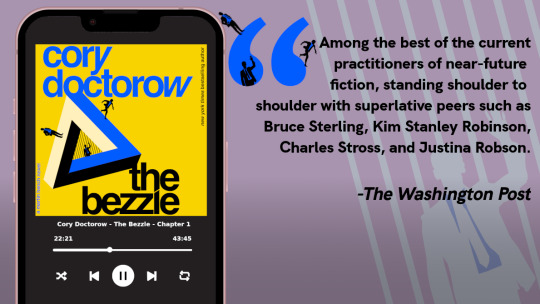
I'm Kickstarting the audiobook for The Bezzle, the sequel to Red Team Blues, narrated by @wilwheaton! You can pre-order the audiobook and ebook, DRM free, as well as the hardcover, signed or unsigned. There's also bundles with Red Team Blues in ebook, audio or paperback.

If you'd like an essay-formatted version of this post to read or share, here's a link to it on pluralistic.net, my surveillance-free, ad-free, tracker-free blog:
https://pluralistic.net/2024/01/24/everything-not-mandatory/#is-prohibited

Image: Belem (modified) https://commons.wikimedia.org/wiki/File:Desire_path_%2819811581366%29.jpg
CC BY 2.0 https://creativecommons.org/licenses/by/2.0/deed.en
#pluralistic#desire paths#design#drm#everything not mandatory is prohibited#apps#ip#innovation#user innovation#technological self-determination#john deere#twitter#felony contempt of business model
3K notes
·
View notes
Text
Socks, food, and the ocean—they all have one thing in common: microplastics.
To tackle the microplastic pollution problem, researchers and policy experts from the Aquarium and @mbari-blog created an open-source library dedicated to helping researchers trace these tiny culprits back to their source. Check out the webcomic below to learn more!
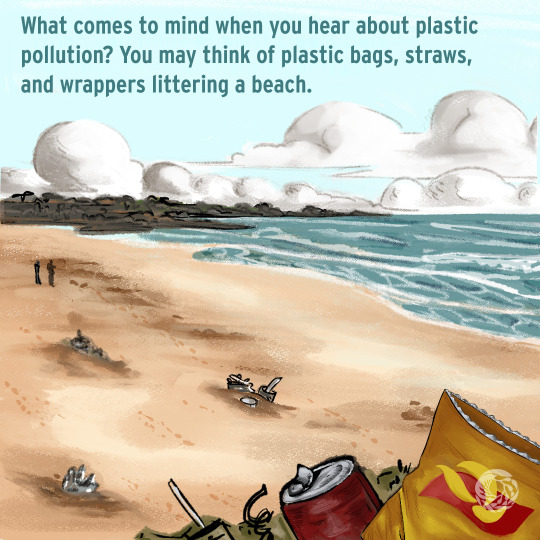
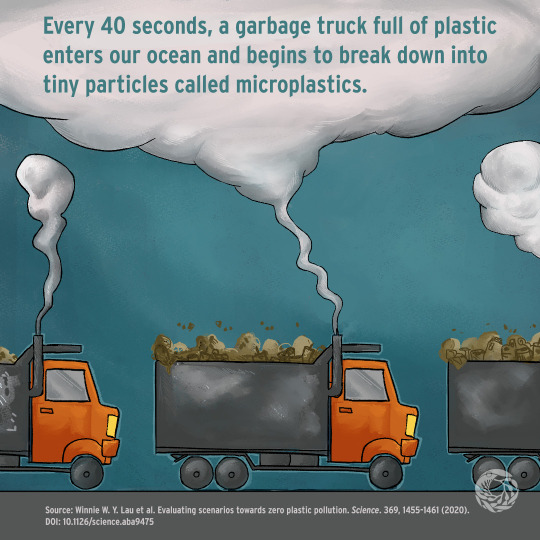
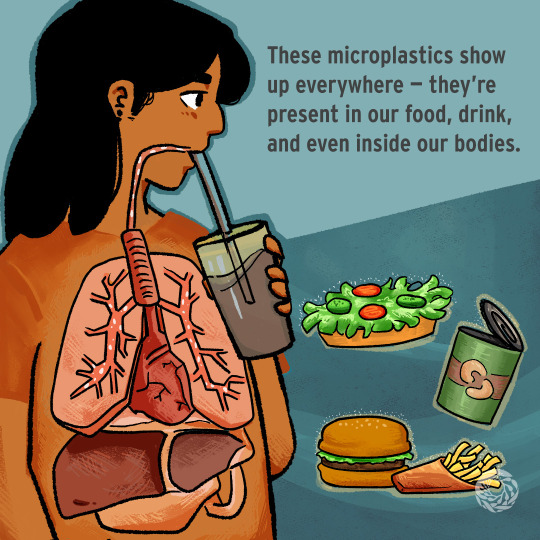

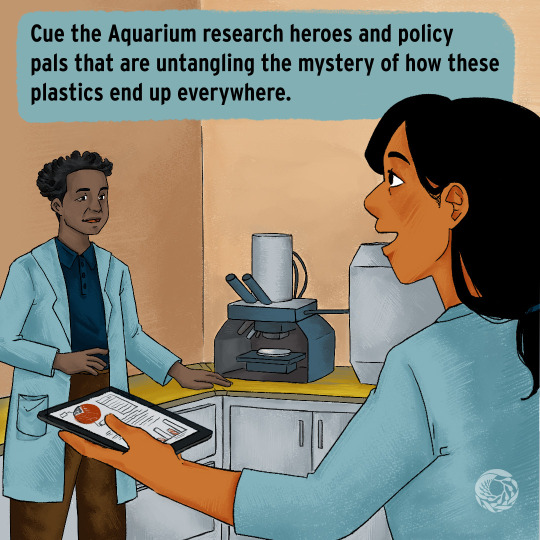

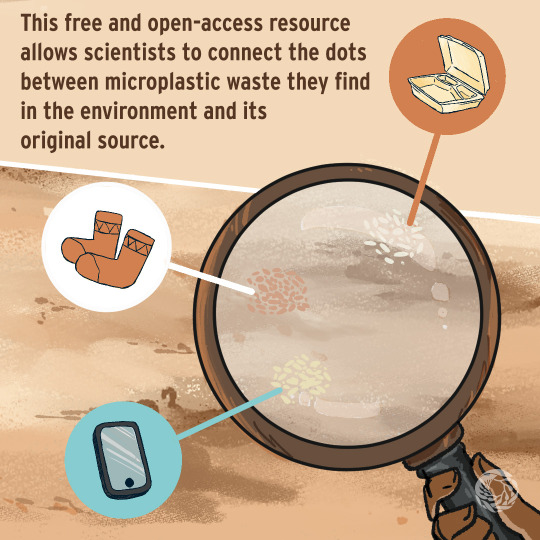
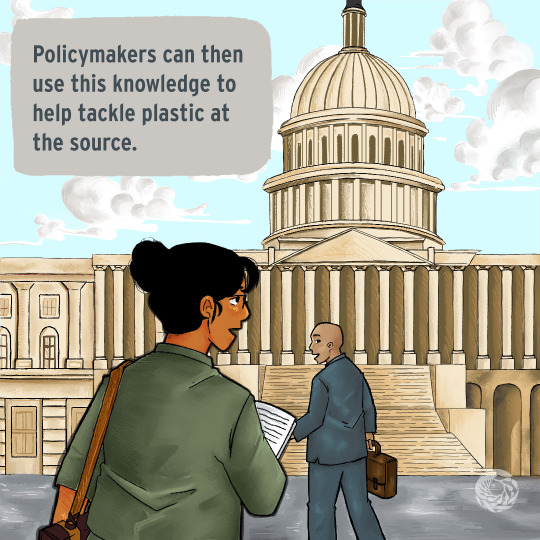
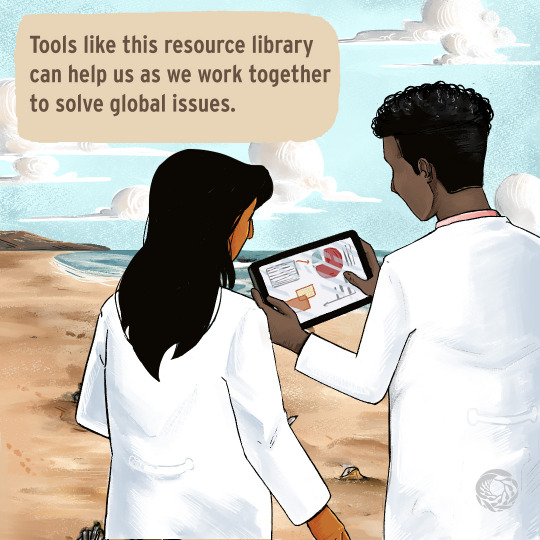
You can read more about the library on our website. Together we can take down plastic pollution! 💙🌍
#monterey bay aquarium#open source innovation sensation#journey to the solution to plastic pollution
4K notes
·
View notes
Text




distinguished innovators competition
#jayvik#jayce arcane#viktor arcane#jayce x viktor#jayce talis#arcane#distinguished innovators competition#my take on what happened lol#both are a nervous wreck but they have different ways of showing it
648 notes
·
View notes
Text
Silly little collab for a crossover AU between my Don't Worry About It AU and @gensational's Corruption of the Innovator AU that we've been playing around with in discord. Made the animatic as a warm up and some friends voiced it. Based on a bit from Brooklyn 99. Yi Voiced by @arcanilumia Eigong Voiced by @possessable
#nine sols#nine sols au#九日#mak's art#fan art#9s dwbi au#yinnovator au#corruption of the innovator au#yi#eigong#animatic#realizing the public has no context for this but f it we ball#yi and eigong are alive and they both hate themselves and are always apologizing thats the bit#dont worry about the innovator au#9s dwbti au#going stupid crazy in the nine sols themed barbie dream house
689 notes
·
View notes
Text
if you could pick the met gala theme what would you choose??
#i heard a rumor a while back that a theme would be athletic fasion innovation and i LOVED that idea#also a theme of textile printing#like. dif types of printing techniques/patterns/customs....#printing has been around for over 2k years there is SO MUCH.#anyways rb this i want to see what other ppl want#oh also maybe smth abt silhouette???
14K notes
·
View notes
Text


Marcille Donato ; Delicious in Dungeon ☆ Apex Innovation
#marcille donato#dunmeshi marcille#dungeon meshi marcille#dungeon meshi#dungeon meshi figure#dunmeshi#dunmeshi figure#delicious in dungeon#dungeon food#apex innovation#anime#anime figure#figure#figure collecting#anime figurine#figurine#anime collecting#scale figure#myfigurecollection#manga
614 notes
·
View notes
Text
People being convinced that Stranger Things is all about the supernatural is so funny to me when the writers themselves have said multiple times it's all about the characters growing and the relationships between the characters, and the supernatural plot simply doesn't work without that because that's the real heart of the show and the real reason you're watching it and being so invested in their story, they are telling a story about the characters before anything else, the supernatural is the tasty salad around the actual meat, like it or not that's a fact 🤗
#stranger things#byler#also the supernatural side of stranger things hasn't been truly innovative or exciting since season 2 be fr#like it as much as you want but the characters and the relationships between them will always be the most important part of this show#this show is about love first of all not about the monsters#these are all things THE WRITERS have said in interviews multiple times btw#wake up!
415 notes
·
View notes
Text

In honour of the seventh comic dropping I wanted to draw Dell and June and their horrible twins, May and August with little Marcie on the way 🥺🥺🥺🥺
#team fortress 2#tf2#tf2 comic#tf2 engineer#dell conagher#the 7th comic#tf2 oc#10th class oc#June Robinson#the innovator#oc x canon#[full of love] she got faaat 🥺🥺🥺❤️🥺❤️❤️🥺❤️🥺❤️❤️
486 notes
·
View notes
Text
I do think Jayce and Viktor are a neurodivergent x neurodivergent relationship and Viktor definitely gives some media typical autism vibes but as someone with ADHD I don’t think Jayce has ADHD
I think Jayce has anxiety
And obviously this is all just good fun headcanoning but I kinda see that Jayce doesn’t know he has anxiety because he manages it by working in the forge. But it still manifest in his people-pleasing behavior
So sometimes when they’re under deadline and he can’t get away to go make stuff with his hammers to blow off his working dog levels of need for exercise to manage his anxiety Jayce gets very… jittery like “Haha I have no idea why I can’t stop shaking and I feel like the world is gonna end, better go hit things with hammers until that weird feeling goes away again!!1”
Which is why Viktor sometimes just orders Jayce to go do lapse around the Academy until he calms down on a bad day and Jayce is just grateful his partner is looking out for him before he has an actual “unexplained” meltdown
(With thanks to @linddzz for riffing on this with me)
567 notes
·
View notes
Photo





pull up to the domain in my SWAG-MACHINE MOBILATRON
#loz#totk#botw#sidon#link#sidlink#err?? sure#I really hope we can Ultrahand dropped entities (weapons items etc) and not just select objects#imagine the possibilities....#the whole world.. (literally) at my fingertips..#see! its even bokopowered! that's true innovation#myart#totk spoilers#<- just in case
8K notes
·
View notes
Text
taking the filters out of the cigarettes and gently slipping them together to make the worlds longest cig
3K notes
·
View notes
Text



a conversation with corellon
-Critical Role Campaign 3, Episode 107, "Under the Arch Heart’s Eye"
#I LOVE YOU FOR INNOVATING AND CHANGING ALWAYS CR#cr spoilers#critteredit#criticalroleedit#critical role#campaign 3#matthew mercer#abubakar salim#mine#corellon
719 notes
·
View notes